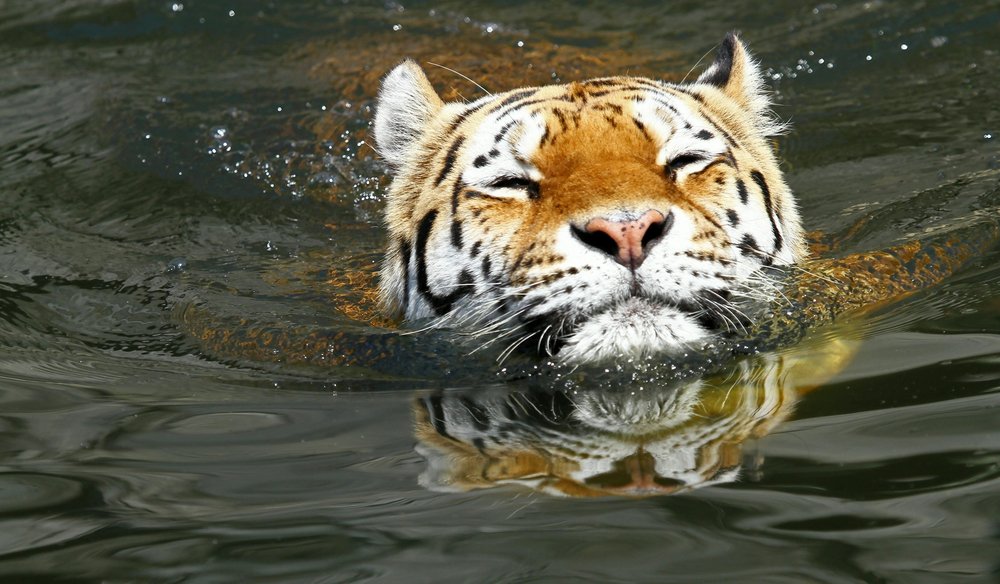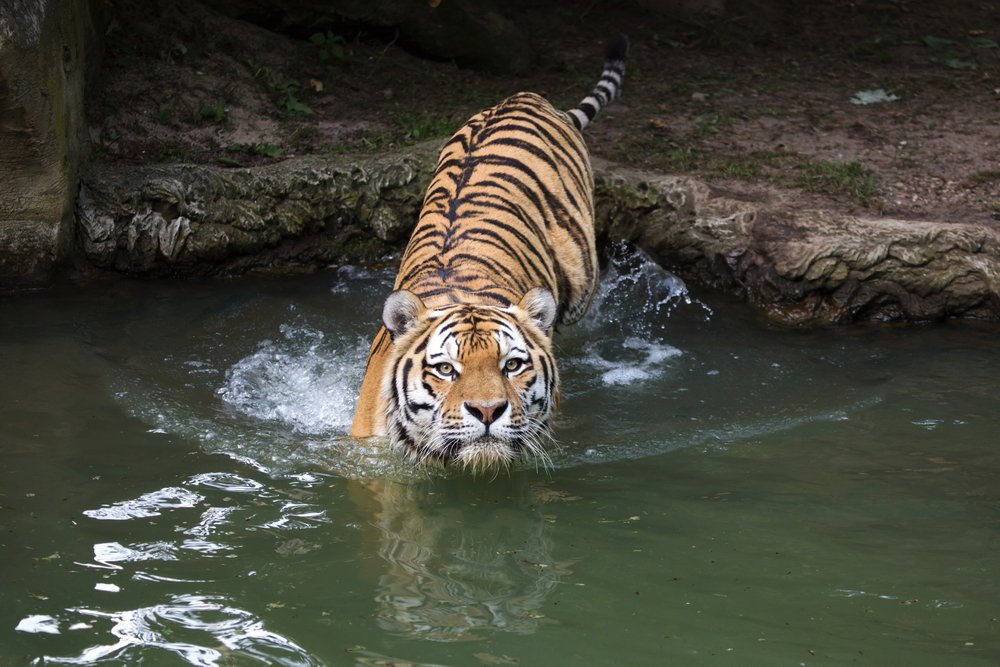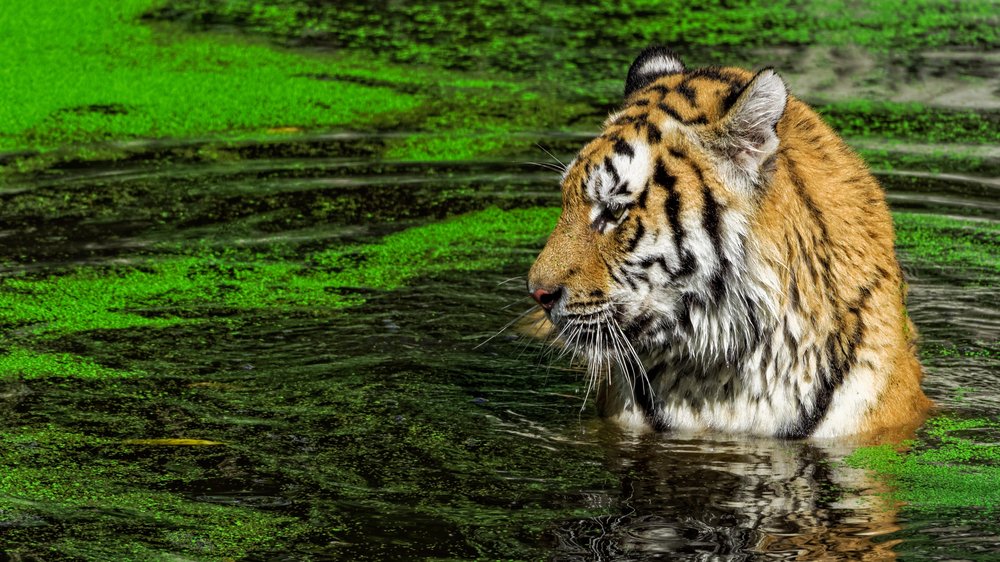While most big cats avoid water, tigers are known for their unique love of swimming and playing in it. This behavior, rare among felines, sets them apart and highlights fascinating aspects of their biology and evolution. Understanding why tigers enjoy water offers insight into their adaptability and survival strategies.
Evolutionary Adaptation to Hot Climates

Tigers primarily inhabit regions with hot and humid climates, such as India, Southeast Asia, and parts of Siberia. In these environments, water sources provide essential relief from the heat. Swimming helps tigers cool their massive bodies, making water not just a play area but a vital tool for temperature regulation.
Strong SwimImamers by Necessity

Unlike other big cats, tigers are adept swimmers, capable of covering long distances in water. This skill is essential in their habitats, which often include rivers, swamps, and dense forests. Tigers use water to navigate their territories, hunt prey, and even escape potential threats, showcasing their versatile survival instincts.
Water as a Hunting Advantage

Tigers’ love for water also serves a practical purpose in hunting. They often stalk prey near water sources, blending into the environment with their striped camouflage. Tigers can swim silently and swiftly, surprising prey like deer or buffalo that may not expect a predator to approach from the water.
A Behavior Passed Through Generations

Tigers’ affinity for water is also a learned behavior. Tiger cubs are introduced to water by their mothers at a young age, often playing and exploring shallow pools under supervision. This early exposure not only teaches them survival skills but also reinforces their comfort with water throughout their lives.
Cultural Significance and Conservation

Tigers’ unique relationship with water has fascinated cultures worldwide, often symbolizing power and adaptability. Their love for water also highlights the importance of preserving aquatic ecosystems within tiger habitats. As these ecosystems face threats from human activity, ensuring the availability of clean water is vital for tiger conservation.
A Unique Bond Between Tiger and Water

Tigers stand alone among big cats in their love for water, a trait that underscores their adaptability and strength. From cooling off in the heat to hunting and teaching their young, water plays a critical role in the lives of these majestic creatures. Protecting their habitats ensures that this extraordinary relationship continues to thrive.
By understanding the connection between tigers and water, we gain a deeper appreciation for their uniqueness and the importance of conserving the ecosystems they call home.

Growing up traveling and experiencing new cultures and wonders, I have had a passion for nature, adventuring, photography, and videography. I am currently working towards a BSc in Biodiversity and Ecology at Stellenbosch University, and I hope to specialise in Marine Sciences one day.
Please send any feedback to Feedback@animalsaroundtheglobe.com






